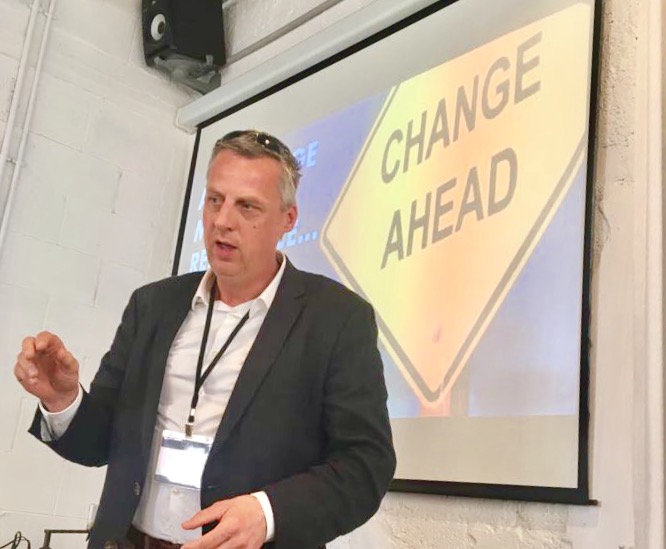Case study: Amsterdam Trade Bank – Amster-can
A bank-wide replacement of its main business applications is ambitious enough but it is just the starting point for Amsterdam Trade Bank (ATB), as it seeks to harness new technologies, adopt a new culture and digitise its business.
ATB is around half a year into a project to replace all of its main business applications. In fact, this is only the start and the bank’s ambitious goals shouldn’t be seen purely in the context of this application-oriented refresh.
ATB is still a relatively young entity. It was founded in 1994 and has been a subsidiary of Russia-based Alfa-Bank Group since 2001. In 2016, a new business strategy has been defined with a focus on commodity trade finance and asset financing in specific market niches (e.g. shipping finance).
An IT transformation programme has been designed to enable the new business strategy. At the heart of it is the need for a solid operational base to support digital transformation and innovation. The latter includes working with EssDocs to “digitise” the bank’s trade finance services, and with other partners applying blockchain technology and data analytics to tradeflows and a change of culture within the bank.
Already a long-standing Misys customer, there was no guarantee that it would stay with this supplier when it set about planning its bank-wide overhaul. However, in the end it has settled on a range of new or upgraded solutions from this vendor and, if successful, it would represent a flagship site for Misys, breaking new ground in terms of integration between Fusionbanking Equation for retail and corporate banking, Fusioncapital Opics for treasury, Fusionrisk for risk management and Trade Innovation for trade finance.
The core banking replacement programme started in October 2016 and is intended for completion early October 2017 although “I’d settle for the end of the year”, admits head of business technology and change, Michel Hofman. “It would still be record time, I think. There is no time to waste, you have to push yourself out of your comfort zone if you really want to transform.”
The “operational bedrock” has been the first priority, making it fully integrated, sorting out the APIs and data management across the Misys platforms. Next steps will include assessing transaction portals and their support of the banks’ online strategy. The bank certainly looked at what else was on the market before opting to work with Misys.
For all the talk by Misys over the years, there was limited integration between this set of applications in combination with a number of disappointing implementations at ATB, which were the key reasons for looking beyond this supplier. “They were initially not happy with us going out to the market,” says Hofman. However, that exercise then allowed a new conversation to begin with the incumbent. The previous tactical relationship, whereby the bank and Misys operated at arm’s length, was ended, with Misys’ and ATB’s senior management now focused on the relationship and a common objective. “We are almost redoing our marriage vows,” says Hofman.
Also leveraging the strong relationship of Alfa Bank group, the bank was able to engage with Misys’ senior executives, particularly global head of product management, Boris Lipiainen. “He personally committed himself to the success of this project. What’s in it for them? Well, for a bank of our size to achieve a fully integrated solution and achieve the intended business benefits would be a very good showcase.” The ambition now is summed up by Hofman as integrating all customer transaction flows with the back-ends, KYC, anti-money laundering and other applications to become a fully digital bank.
“We are really approaching this as a co-production, with a lot of shared interest in achieving our objectives.” As well as Misys, another important partner is Benelux-based Sentia, which will host the new environment. In December 2016, ATB has signed a contract with Sentia to outsource and renew its whole IT infrastructure. The bank is now “all in” with this partner with the aim to have migrated all applications to Sentia by July 2017. “They are the ones pushing us, challenging us and providing us with quick time to market on new initiatives. Sentia is helping us to achieve a higher maturity level on managing IT, while at the same time allowing us to substantially reduce IT related costs.” He thinks these attributes are only available from smaller players. “All the big players are not in that category.”
In terms of areas to improve, Hofman admits to the bank’s failings. “We need to further streamline the organisation, we are still very inefficient in some areas, there are a lot of things we do manually.” It can live with that when transaction volumes are low but the lack of straight-through processing (STP) will become critical as it grows…
This is an excerpt. The full article is available in the June 2017 edition of Banking Technology.











































